Africa is a continent filled with rich cultures and traditions. The continent is home to several ethnic groups – each of which contributes to keeping Africa's social fabric alive and intact. The continent is filled with several traditional African dances which date back centuries. What are different styles of African dance? In this article, we will explore the following dance styles: Shaku Shaku, Indlamu, Agbadza, Gwara Gwara, Gombey, Mbira, Zaouli, Moribayasa, Kizomba, Adumu, Gumboot, Sokkie, Sotho, Tshikona, Afrobeat, Borrow Dale and coming of age dances. Each African dance has a story to tell. Let's discuss African dance and its various styles in detail ! You can also learn about African dancing through Superprof.
Key Takeaways on African Dance Styles
- 🕺 Shaku Shaku (Nigeria) – A popular contemporary dance with freestyle footwork and fluid hand movements, often performed to Afrobeat music.
- 🦵 Indlamu (South Africa) – A Zulu war dance characterized by high kicks, strong stomping and synchronized group movements.
- 🎶 Agbadza (Ghana, Togo, Benin) – A traditional Ewe dance involving rhythmic arm swings and foot movements, often performed during festivals and celebrations.
- 💃 Gwara Gwara (South Africa) – A modern dance made famous by South African artists, featuring exaggerated arm and shoulder movements.
- 🎭 Gombey (Bermuda, West African Influence) – A colorful, energetic dance performed in elaborate costumes, influenced by African, Caribbean and British traditions.
- 🎵 Mbira (Zimbabwe) – A dance associated with the mbira (thumb piano) music, featuring slow, rhythmic steps and movements in harmony with the instrument’s melodies.
- 🌀 Zaouli (Ivory Coast) – A fast-paced, masked dance of the Guro people, performed with intricate footwork and vibrant costumes.
- 👏 Moribayasa (Guinea) – A celebratory women’s dance symbolizing overcoming struggles, featuring energetic spinning and clapping.
- ❤️🔥 Kizomba (Angola) – A smooth and sensual partner dance blending African rhythms with influences from Latin dance styles.
- 🦘 Adumu (Kenya, Tanzania - Maasai people) – The famous “jumping dance” where Maasai warriors leap high in the air to showcase strength and endurance.
- 👢 Gumboot (South Africa) – A percussive dance performed in rubber boots, originally created by South African miners to communicate through rhythmic stomping.
- 🎉 Sokkie (South Africa) – A social partner dance influenced by ballroom and swing, popular at parties and gatherings.
- 👐 Sotho (Lesotho, South Africa) – A traditional dance of the Sotho people, characterized by rhythmic footwork, clapping and chanting.
- 🔄 Tshikona (South Africa - Venda people) – A group dance performed in a circular formation with synchronized steps, often accompanied by traditional flute music.
- 🔥 Afrobeat Dance (West Africa) – A high-energy dance style that blends traditional African moves with contemporary hip-hop and dancehall influences.
- ⚡ Borrowdale Dance (Zimbabwe) – A fast-paced, theatrical dance style popularized in Zimbabwean music videos, known for its energetic footwork.
- 🌟 Coming-of-Age Dances (Various African Cultures) – Traditional dances performed during initiation ceremonies to mark the transition into adulthood, varying by tribe and region.

How Would You Define African Dance?
Music and dancing are essential parts of many traditional African societies. Traditional African dances are usually performed in large groups, with significant interaction between dancers and onlookers in most styles. The various African dancing performances are a collection of different engaging dance steps.
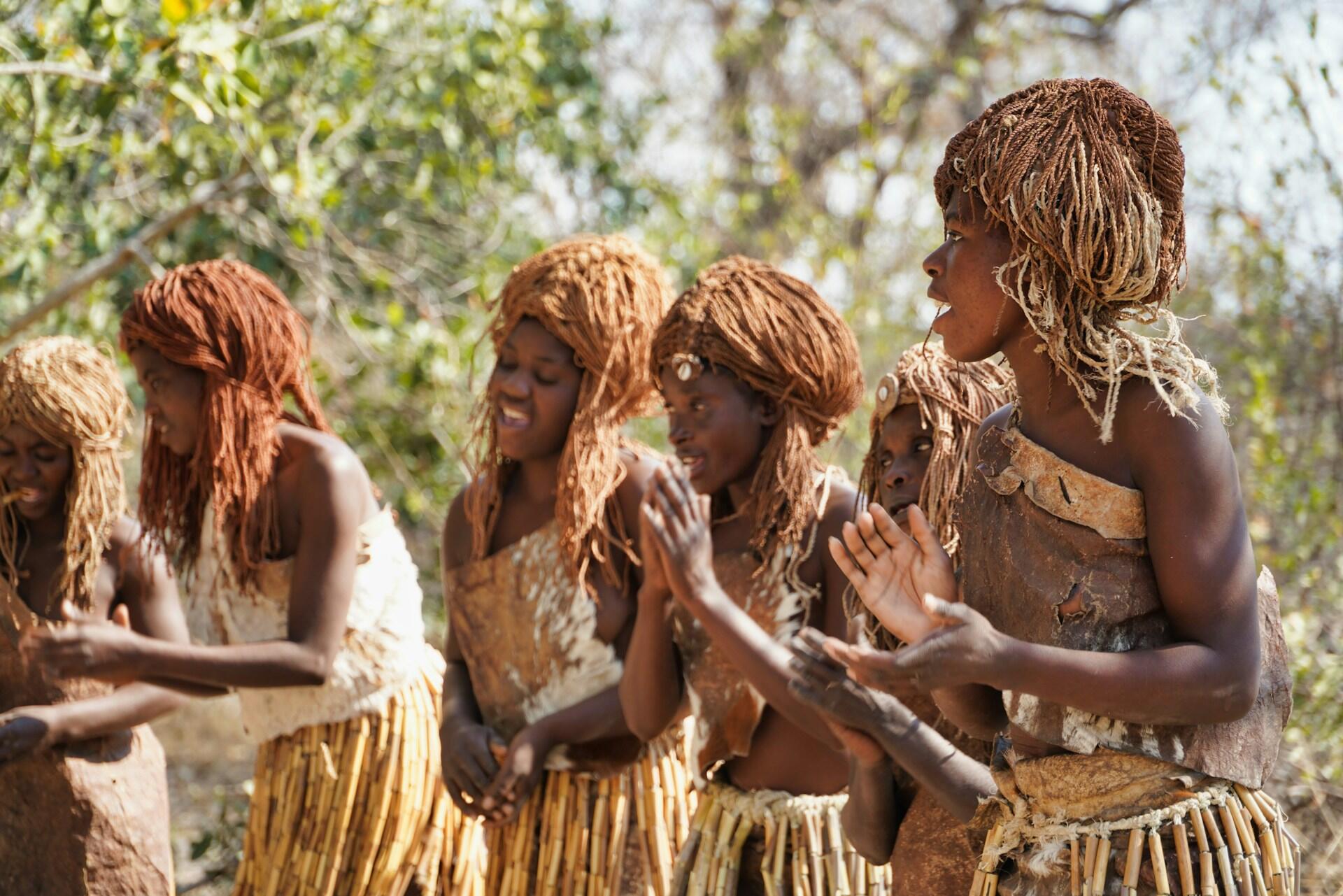
African dances embody immense energy and execute graceful beauty flowing with the rhythms. African dances are a way to exhibit several aspects, including:
- Promoting social values
- Celebrating special events
- Performing oral history and spiritual experiences
- Marks life experiences
- Encourages abundant crops
- Honors kings and queens
- Celebrates weddings
- Marks rites of passage and other ceremonial occasions
African dancing is also an excellent way to enjoy yourself and keep physically and mentally fit and healthy. The African ritual dances utilize masks and are a way of achieving communication with the gods. Moreover, to stave off economic and political problems, the African societies have adapted their dance practices to uplift their spirits. African dancing has immense historical and cultural value. They have a unique dancing style and approach to unleash their hidden beauty and powers.
What Are the Most Famous African Dance Types?
African dance is an integral part of African culture. It requires elaborate African dance costumes, makeup and more. Let's discuss the primary African dance styles:
Shaku Shaku Dance
Shaku Shaku is a free-style African dance practice that is famous not only in the continent but throughout the world. This dance style involves free movement of the body, including the hands and legs of the dancer. The Shaku Shaku dance comes in various varieties, here is a Shaku Shaku dance video on YouTube!
This widespread African dance originated from the streets and rapidly became one of Africa's most popular dance performances. People are not ready to go of it as they enjoy doing this free-styled dance practice. Shaku Shaku is today referred to as Nigeria's Gangnam Style.
Indlamu Dance
Made by South Africa's Zulu tribe, the Indlamu dance is a trendy performance. Since warriors usually perform it, it's known as the 'warrior dance.' The Indlamu dance comprises frequent and vigorous body movement. This is considered an African dance workout as it keeps the body fresh and healthy.
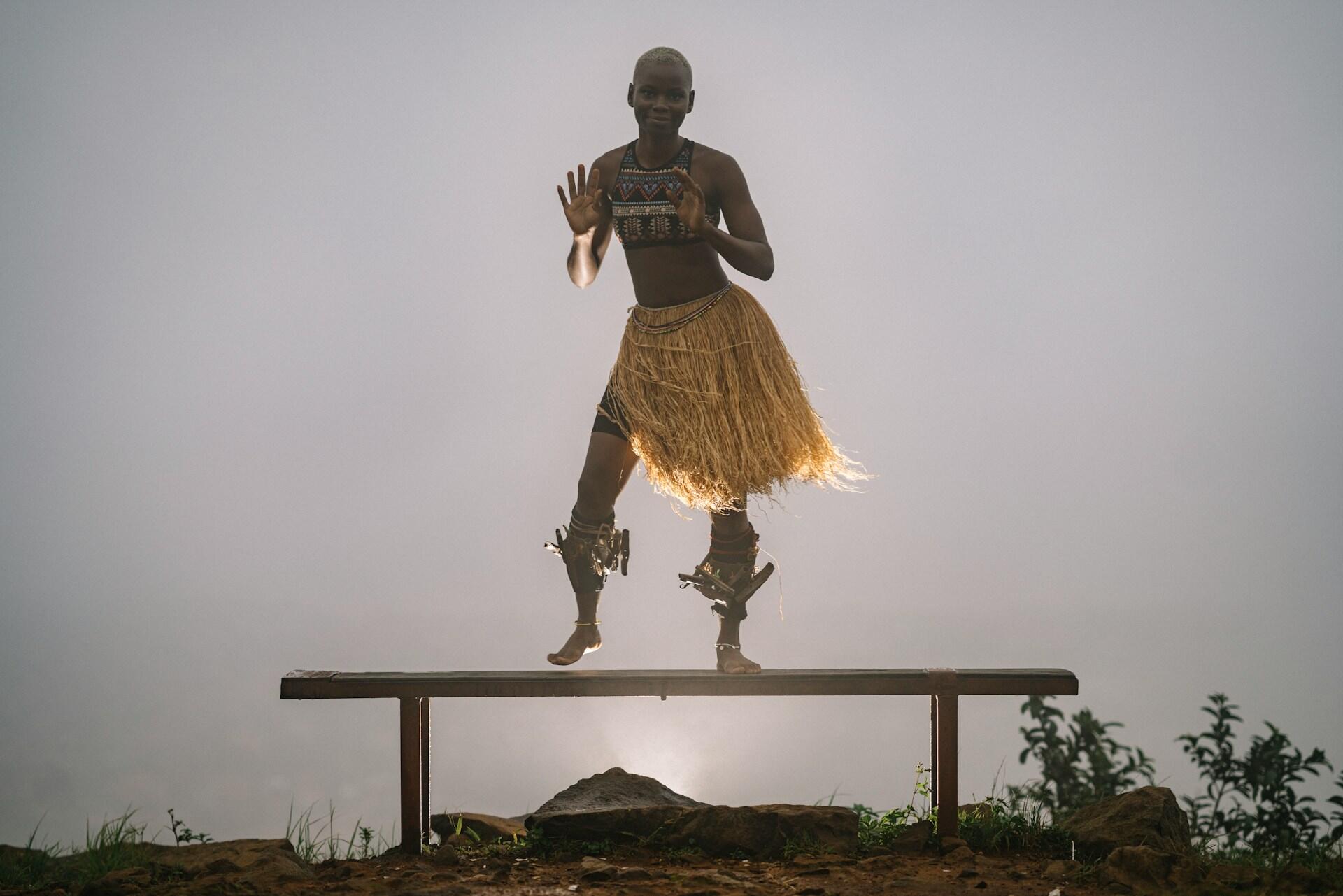
Moreover, it's known to be a ceremonial dance, mostly performed to prepare for wars, during weddings and during harvest season. Furthermore, the Indlamu dance exhibits strength and power in fighting. It is a representation of dominance, self-control and confidence.
Agbadza Dance
The Agbadza performance is a traditional African dance by the Ewe tribe. Have you ever heard of it?
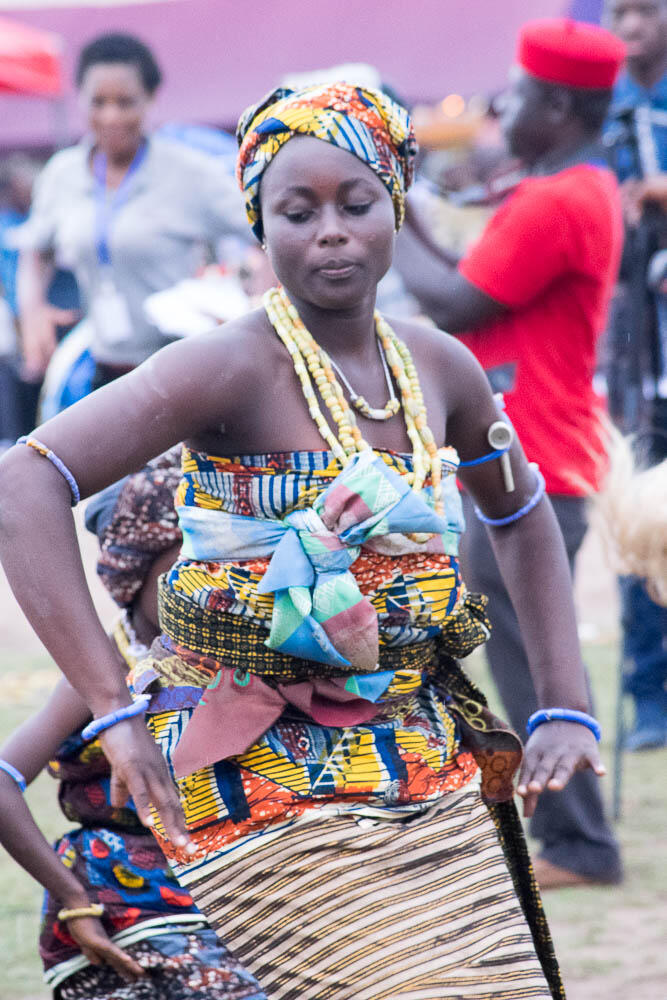
This is a popular dance and music performance that has reached phenomenal heights. Tracing it back to its origins, you may notice that the Agbadza dance was primarily started as a war dance. However, it was then changed into a dance performed at festivals and ceremonies.
The Agbadza is a choreographed dance at the Anlo Ewe people's Hogbetsotso festival. This famous and highly engaging dance practice comprises five basic movements. It also often involves musical instruments like Atoke, Gankogui, Kagan and Sogo.
These acts make the dancing more entertaining and harmonious. Are you looking for an African dance tutor in the US? Reliable tutors are available here on Superprof!
Gwara Gwara African Dance
Started by DJ Bongz, the Gwara Gwara African dance style went viral internationally in 2018. The Gawara African dance style has become one of the most popular dances throughout the region. Some international artists who've performed and danced Gwara Gwara include Rihanna. This dance practice involves lifting and swinging one leg while engaging the entire body, including the arms in synch with the leg movement. The peak of the Gwara Gwara was when it was performed at the 2018 Grammy Awards Ceremony.
Gombey Dance
Originated from west Africa, the Gombey dance is a unique art performance. This west African dance has several African dance elements, like, colors, intricate masquerade, drumming and loads of dancing. Moreover, this traditional African dance reflects the island's blend of African, Caribbean and British cultures. The Gombey dance offers participants a fun and narrative experience of different African dancing styles.
Mbira Dance
Several nations and civilizations believe in spirits and supernatural beings. They often like to call, invite or contact those spirits to establish communication or for various reasons. Many Africans believe that one medium of connecting with those beings is through a specific dance practice. Specifically, Zimbabwe's Shone tribe performs a traditional and widely famous traditional African dance during the ceremony of 'bira' to summon ancestral spirits.
After the dance performance, the religious leader commences intercession on citizens' behalf for protection from evil and abundant rain. The bira dance is world-famous and is highly known for intense dance practices throughout Africa and the world. The Mbira Organization was formed due to the dance becoming a Zimbabwean tourist attraction.
Coming of Age Dances
The coming of age dance is considered one of the essential dances in African tribes. This dance is performed explicitly by young adults entering their adult age. This ritual is an act of initiation into adulthood. Young African boys practice this dance for months before they can perform in front of the community. Here's part 1 of a documentary on a boy's coming of age in Ethiopia!
They invest their time and efforts in learning this dance to give their best possible performance in front of the people. The coming of age African dancing is a tradition to wholeheartedly welcome a new phase of life. They believe doing this practice will boost their self-confidence and power them with confidence to approach the new stage of their life with high spirits.
You can get to find out about the dance classes near me here.
Zaouli Dance
The Africans are known for performing unique and engaging performances that phenomenally steal the onlooker's attention. One such African dance style is the Zaouli dance which comprises wearing a mask that represents the daughter of Zaouli. The mask is basically the face of a smiling young woman, but the irony is that a man always wears this mask.
This entertaining and thrilling dance is usually played at festivals, funerals, or any other celebration that comes to your mind. The Zoauli dance comprises foot movements and quick rhythm steps that follow the sound of the flutes and other accompanying instruments while the upper part of the body remains stationary.
Moribayasa Dance
The African community is always the center of excruciating circumstances and faces illness, poverty and hunger, which are still predominant today. The African dance Moribayasa originated due to this particular reason. Guinean people started this dance and it soon became a tradition. They performed this dance in their celebratory moments and when they wanted to exhibit their happiness.
Moreover, it was specifically performed to commemorate a woman's success in difficult moments. This traditional dance involves the leader wearing town clothing throughout the performance. Afterward, they bury the dress. Women dance around the neighborhood to spread joy and happiness to display that their sufferings are over.
The first time this African dance was performed by Guinean people was after they were done with an extended famine.
Kizomba Dance
The Kizomba dance is one of the most exciting African dancing styles, which phenomenally lightens the mood of the one performing or even watching it. Invented by the people of Angola, the Kizomba dance is an interesting dance to watch. It has captivating and breathtaking dance moves that showcase a connection of intimacy between the partners who are performing it.
The Kizomba dance phenomenally builds and maintains the watcher's attention as it slowly and steadily creates and showcases a connection between the performers. While some conservative people consider it quite uncomfortable, the kizomba dance is quickly gaining popularity beyond Africa's shores.
Adumu Dance
Adumu dance is a customary African style that has gained immense popularity worldwide. It comprises dancing and jumping, posing an excellent African dance workout avenue. Performed by the Maasai tribe of Tanzania and Kenya, the Adumu dance is usually performed by healthy and fit men, primarily young warriors, during essential occasions such as initiation, wedding and rites of passage.
Meanwhile, the hop jumps performed by the dancers aren't just a mere form of entertainment; it represents the warriors' strength, agility and stamina.
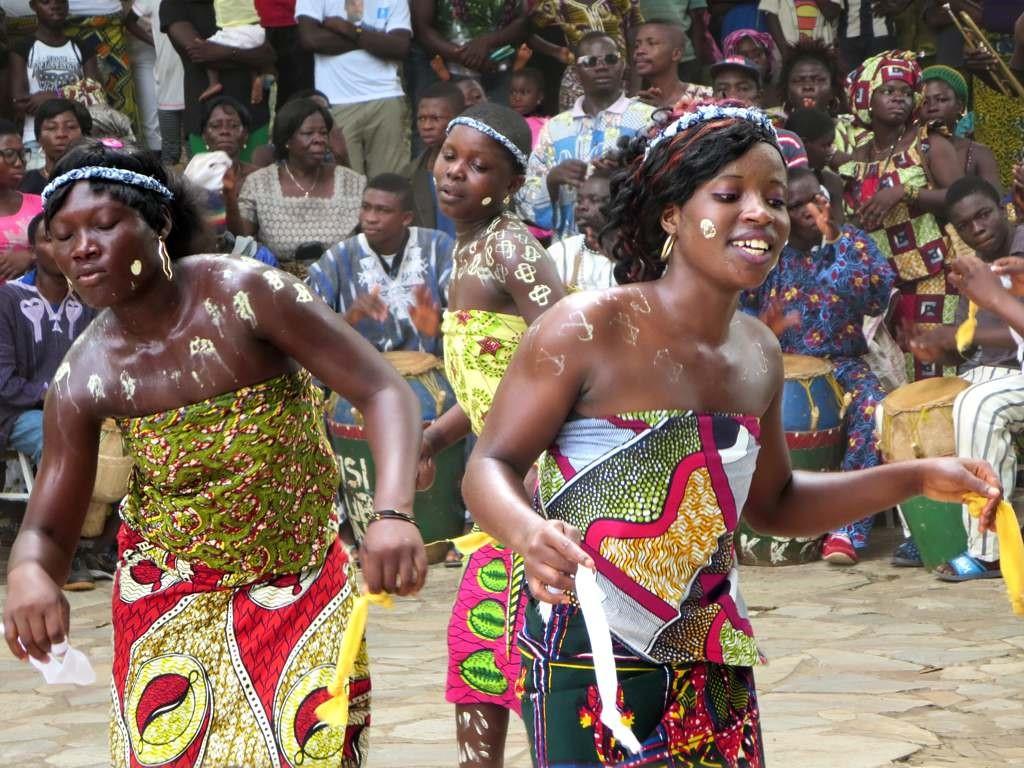
Gumboot Dance
The Gumboot Dance originated in the early 20th century among South African miners who worked under harsh conditions. Due to floods in the mines, workers were given rubber boots ("gumboots") instead of improving drainage. Since talking was forbidden, miners developed a rhythmic form of communication using stomping, slapping their boots and clapping. Here is a great Gumboots show on YouTube!
Over time, this transformed into a cultural dance performed in unison, with coordinated movements and chants. Today, Gumboot Dance is a symbol of resilience and resistance. It is often showcased in South African theater and cultural performances. It remains a powerful expression of identity and storytelling, reflecting the struggles and triumphs of the working class.
Sokkie Dance
Sokkie Dance is a social partner dance that originated in South Africa and is particularly popular among Afrikaans-speaking communities. It evolved from European ballroom and swing dances, but developed its own local flair. It often danced to Afrikaans pop and contemporary dance music.
"Sokkie" refers to the smooth, sock-like gliding motion dancers use on the floor.
The dance involves gentle spins, turns and close partnering, making it a favorite at parties, weddings and social gatherings. It is informal, fun and easy to learn, making it accessible to dancers of all skill levels. Over the years, Sokkie has remained a staple of South African nightlife and is widely danced at college events and social clubs.
Sotho Dance
Sotho Dance refers to a collection of traditional dances performed by the Basotho people of Lesotho and South Africa. These dances are embedded in the cultural and spiritual life of the community. This dance is often performed during celebrations, harvest festivals and ceremonies.
One of the most well-known styles is the Mokhibo, a graceful, kneeling dance performed by women using coordinated arm and torso movements. Another is Mohobelo, a vigorous male dance involving energetic leg kicks, chants and rhythmic clapping. These dances serve as a means of storytelling, preserving history and passing down traditions from one generation to the next. The use of traditional Basotho blankets and colorful attire adds to the cultural significance of these performances.
Tshikona Dance
Tshikona is a traditional Venda dance from South Africa, performed mainly by men during royal ceremonies, funerals and celebrations. It is considered the "national dance" of the Venda people and is deeply rooted in their cultural heritage. The dance is performed in a circular formation, with dancers moving rhythmically in sync to the sound of traditional reed pipes.
Each musician plays a single note, requiring perfect coordination to create a melody. The dance symbolizes unity, social cohesion and respect for leadership. Historically, it was performed in honor of chiefs and kings. Today, it remains a cherished aspect of Venda identity and is showcased at cultural festivals and public performances across South Africa!
Afrobeat Dance
Afrobeat Dance is a modern African dance style that evolved alongside Afrobeat music, a genre pioneered by Nigerian musician Fela Kuti in the 1970s. The dance combines elements of traditional African dance, hip-hop, dancehall and contemporary urban movements. It features fast footwork, fluid body movements and expressive energy. Afrobeat is often performed to the heavy drumbeats and brass sounds characteristic of Afrobeat music. Here is an amazing video of African kids dancing Afrobeat!
Afrobeat Dance is popular across Africa and has influenced global dance trends, appearing in music videos, social media challenges and international dance competitions. Styles like Shaku Shaku (Nigeria), Azonto (Ghana) and Gwara Gwara (South Africa) all stem from the Afrobeat dance movement. It is widely celebrated for its energy and ability to bring people together through music and movement!
Borrow Dale Dance
The Borrowdale Dance is a high-energy and theatrical dance style that originated in Zimbabwe, particularly in the urban entertainment scene. It was popularized by Sungura musicians and dancers in the late 20th century and is named after Borrowdale, a wealthy suburb in Harare. The dance is known for its fast-paced, acrobatic footwork, dramatic spins and exaggerated movements.
The Borrowdale Dance is inspired by horse movements. The dance imitates the galloping, prancing and sudden stops seen in horse racing. The name itself comes from Borrowdale Racecourse, a well-known horse racing venue in Harare, Zimbabwe!
It is often performed to Zimbabwean Sungura music, a mix traditional and modern musical elements. The Borrowdale Dance has gained popularity in local music videos and live performances, with dancers using elaborate choreography to tell stories through movement. It continues to be a signature dance style in Zimbabwean pop culture, showcasing creativity, agility and energetic performance skills.
Learn African Dances with Superprof
Superprof is a highly competent, professional and experienced online tutoring platform. Started in 2013, we have come a long way with solid substantive experience. Superprof is a highly professional team of private tutors that provide different educational services to our students at affordable rates. Some of the subjects that our tutors teach include music, art, chemistry, mathematics, humanities, hobbies, computer sciences and, etc.
Superprof makes it easy to learn African dance from skilled and reliable tutors. You can choose to learn online or in person, depending on your tutor. Some tutors even offer the first class for free! Whether you're a beginner or looking to improve your skills, our instructors bring years of experience to help you connect with the rhythm and culture of African dance. With flexible online lessons, you can learn at your own pace, focus on a dance style and even explore different styles. Find the right tutor and start dancing today!

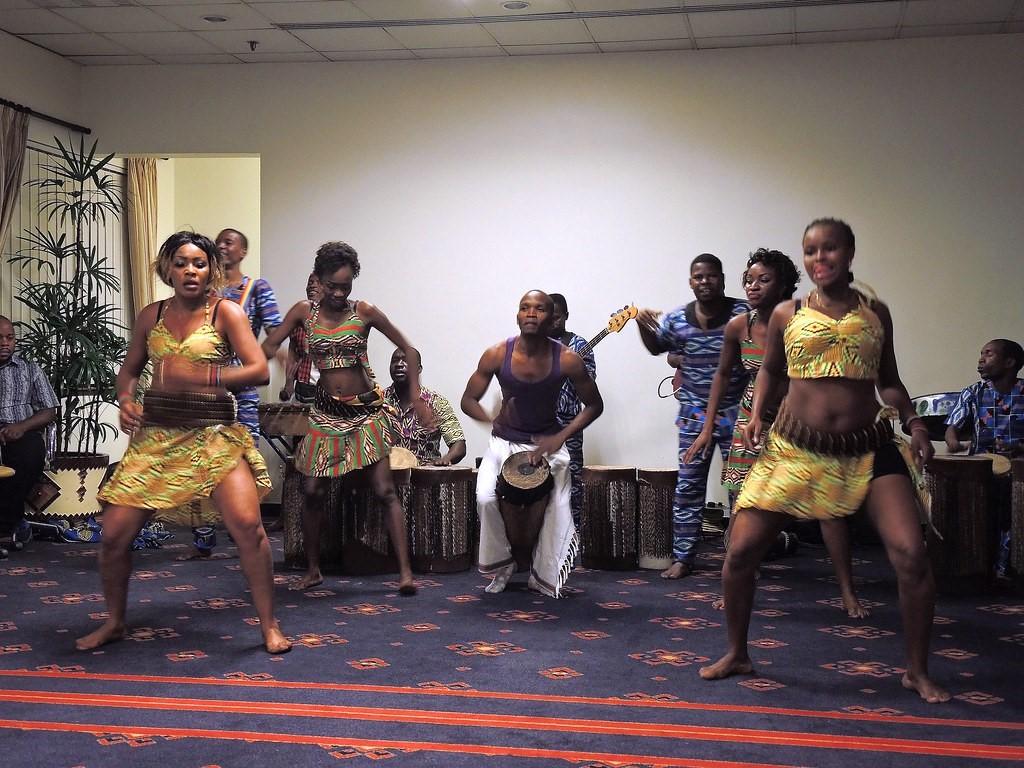













Ok. Buenisimo. Pero cuales son los profesionales que dan estos géneros de Afro?
Yo soy profe de danza
Hello Fiorella! You can find amazing dance teachers on Superprof.com. Simply type ‘dance’ and your location and Superprof will show you a list of all the dance tutors. If you need additional help please reach out to our customer care department at hey@superprof.com.
you are so cool